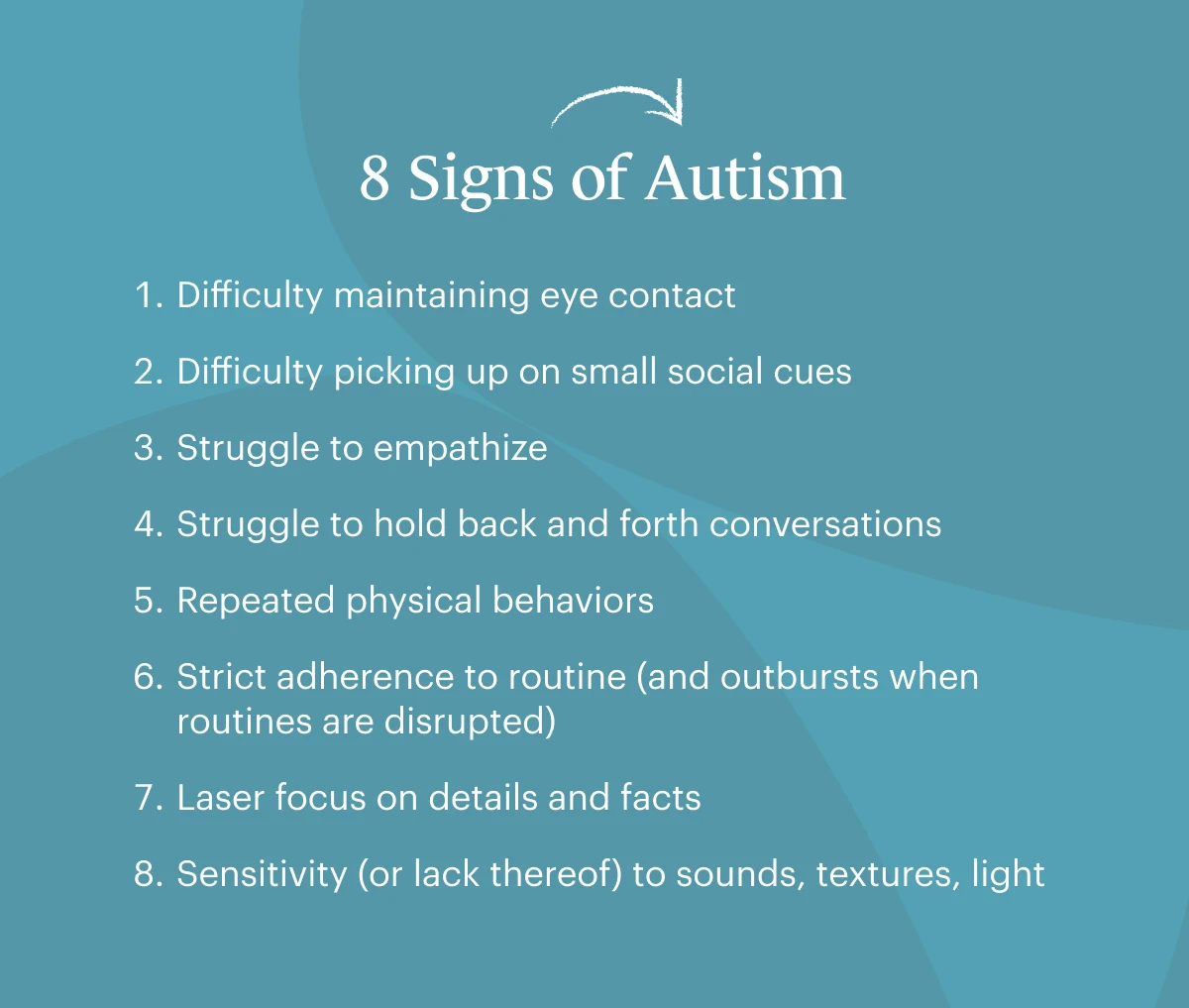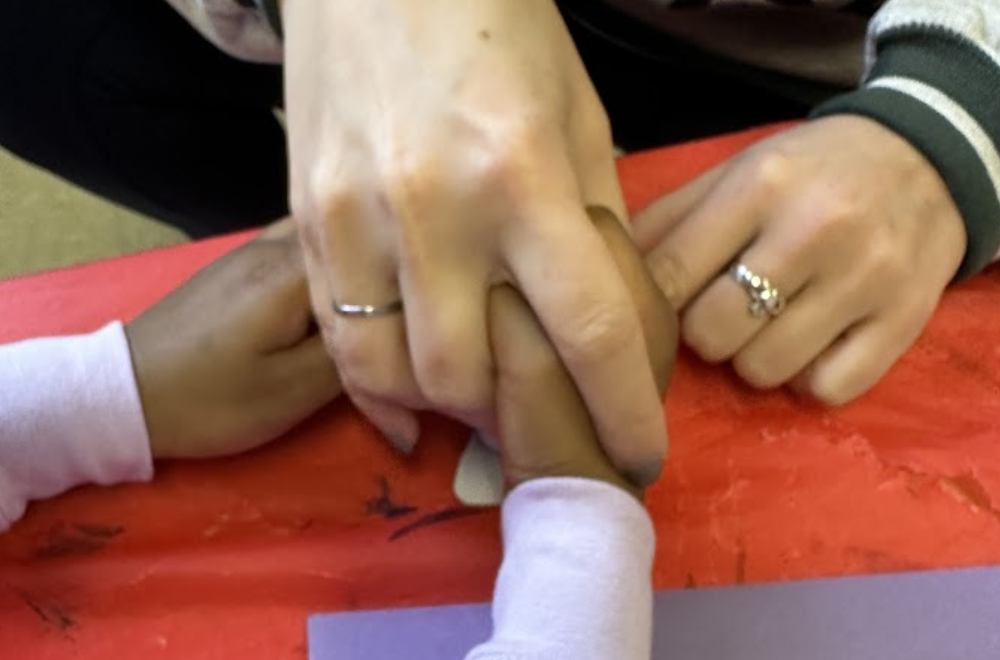Recognizing the Effect of Behavioral Autism on Life and Social Communications
You may not understand how deeply behavioral autism affects day-to-day life and social communications. Individuals on the range frequently navigate a world loaded with interaction hurdles and sensory overload. These obstacles can lead to aggravation and seclusion, influencing their relationships and total well-being.
Defining Behavioral Autism and Its Attributes
Behavioral autism, typically described as autism range condition (ASD), includes a variety of conditions identified by difficulties in social interaction, interaction, and recurring habits. You could notice that people with ASD frequently struggle to analyze social cues, which can cause misunderstandings in conversations. They may locate it difficult to develop eye call or participate in small talk, making social scenarios feel frustrating.
Communication difficulties can materialize in numerous means, from postponed speech advancement to a preference for making use of less words. By acknowledging these attributes, you can promote a setting that advertises approval and urges efficient interaction, aiding individuals with autism flourish in their day-to-day communications.
The Spectrum of Autism: Recognizing Irregularity in Habits
Autism spectrum condition (ASD) isn't a one-size-fits-all diagnosis; it varies widely among individuals. You could observe that some individuals with ASD exhibit mild signs and symptoms, while others may encounter much more considerable obstacles. This variability can manifest in actions, passions, and sensory sensitivities. You might encounter people who are very spoken and engage easily in conversations, while others may prefer singular tasks or connect non-verbally.
In addition, the means individuals with ASD react to sensory input can vary substantially; some could be overwhelmed by intense lights or loud sounds, whereas others flourish in stimulating settings. The spectrum additionally includes differences in social communications; some people may have a hard time to interpret social signs, while others browse social settings with family member ease. Understanding this variability is necessary, as it assists you appreciate each individual's distinct experience and tailor support to their certain needs, fostering a more inclusive setting for everyone.
Interaction Obstacles Encountered by People With Autism
When you engage with people on the autism range, you might see their one-of-a-kind communication obstacles. They usually face problems with both verbal and nonverbal signs, which can influence their social interactions. Comprehending these obstacles is crucial for cultivating better links and assistance.

Verbal Communication Troubles
Numerous people on the autism range experience spoken communication troubles that can substantially influence their everyday communications. You could find it challenging to share your thoughts, sensations, or needs clearly. This can cause irritation for both you and those around you, as misconceptions happen. You may fight with initiating discussions, maintaining a subject, or comprehending subtleties in speech. Frequently, you may favor making use of straightforward language or repetitive phrases, which can restrict your capability to participate in much deeper discussions. Your tone, quantity, or pace might not line up with social expectations, creating others to misunderstand your intents. Identifying these obstacles can help you and your support network develop approaches to improve interaction and promote better links with others in your daily life.
Nonverbal Communication Obstacles
Verbal communication isn't the only obstacle individuals on the autism range face; nonverbal interaction obstacles can be equally as considerable. You may find it hard to interpret body language, facial expressions, and eye call, which are vital for reliable interaction. These difficulties can lead to misconceptions or false impressions of social hints, making interactions feel frustrating or complex. You may have a hard time to express your very own emotions via nonverbal means, leaving others unclear of your sensations or intentions. This detach can produce sensations of isolation and stress. Identifying these obstacles is important for fostering understanding and compassion in your communications. By resolving nonverbal communication, you can locate techniques to enhance your social experiences and enhance your total top quality of life.
Social Interaction Influences
Social communications can often feel overwhelming because of the distinct interaction challenges faced by people with autism. You could battle with translating social signs, making it difficult to comprehend mockery or body movement. This can lead to misunderstandings or uncomfortable minutes in discussions. In addition, initiating and preserving discussions may really feel tough, triggering stress and anxiety in social situations. You may like structured environments, making spontaneous interactions uneasy. It's also typical to experience difficulty in taking part in little talk, which can prevent developing brand-new relationships. Recognizing these obstacles can assist you find techniques to enhance communication, such as exercising social skills in secure settings or making use of aesthetic help - Aba Therapist. Recognizing your requirements permits you to browse social interactions with better self-confidence and convenience.
Social Communication and Connection Structure in Autism
While structure partnerships can be challenging for people with autism, understanding their unique point of views and interaction designs can promote purposeful connections. You might discover that lots of people on the spectrum favor direct communication and may deal with social hints or little talk. By being uncomplicated in your interactions, you can aid create a setting where they feel comfy.
Make the effort to listen and observe exactly how they reveal themselves. click reference This insight can guide you in steering discussions better. Involving in shared passions can additionally act as a bridge to deeper connections. Whether it's a leisure activity, a favorite show, or a mutual passion, these typical strings can open doors to relationship.
Life Regimen: Browsing Difficulties and Techniques
Navigating day-to-day life routines can be specifically challenging for individuals with autism, particularly when unforeseen adjustments happen. To browse these challenges, take into consideration carrying out visual routines or lists.
Developing a routine that consists of sensory breaks can also be advantageous. You can intend brief breaks throughout your day to recharge. It's important to communicate with those around you, letting them know your needs and preferences. This helps develop an understanding atmosphere.
Finally, method mindfulness methods to manage anxiety and anxiousness. Basic breathing workouts or grounding methods can make a substantial difference. By integrating these strategies, you can improve your everyday routine and lessen interruptions, making life really feel more manageable.
Strengths and Capabilities of People on the Autism Spectrum
Comprehending daily life routines is simply one aspect of the autism experience. Several people on the autism spectrum possess remarkable strengths and capabilities that establish them apart.
Furthermore, your memory abilities frequently radiate, particularly in locations of rate of interest. Aba Therapist Near Me. This propensity for preserving info can make you an important resource in fields like art, scientific research, or modern technology. You may additionally exhibit strong aesthetic thinking, enabling you to envision complicated ideas and resolve issues artistically
Furthermore, your distinct perspective on the world can foster compassion and understanding in others, enriching social communications. Embracing these strengths not just increases your self-confidence but likewise helps others value the diverse skills you give the table.
Developing Inclusive Atmospheres for People With Autism
Producing comprehensive environments for individuals with autism begins with developing sensory-friendly rooms that accommodate their unique requirements. You can also foster chances for social communication, aiding to build links and relationships. By making these changes, you'll add to an extra inviting ambience for every person.
Creating Sensory-Friendly Spaces
While developing sensory-friendly spaces, it's important to show on the distinct needs of people with autism. Start by choosing soothing shades and soft illumination to create a relaxing atmosphere. Incorporate silent areas where individuals can reenergize and retreat when bewildered. You'll want to lessen loud noises and interruptions, making use of soundproof materials or white noise equipments to aid preserve peace. Think about tactile elements like soft fabrics or fidget-friendly things that can supply comfort. Identify that rooms are flexible, enabling very easy rearrangement to accommodate various activities. Consist of aesthetic timetables or clear signage imp source to help individuals browse the space with confidence. By thoughtfully integrating these components, you can produce an inviting environment that sustains sensory demands and advertises total health.
Promoting Social Communication Opportunities
Creating sensory-friendly rooms not just addresses specific convenience however also sets the phase for significant social communications among individuals with autism. Urge peer mentoring, matching individuals with autism with helpful peers who can lead them through social situations. By executing these techniques, you can enhance social opportunities, helping individuals with autism develop relationships and strengthen their social skills in a secure, inviting environment.

Regularly Asked Concerns
How Can Friends Assistance A Person With Behavioral Autism?
You can support a close friend with behavioral autism by holding your horses, paying attention actively, and respecting their boundaries. Participate in activities they appreciate, communicate freely, and produce a comfortable environment where they feel valued and comprehended.
What Resources Are Available for Moms And Dads of Children With Autism?
You can explore various sources for parents of youngsters with autism, consisting of support groups, academic internet sites, and regional social work. Connecting with other moms and dads can likewise give important understandings and shared experiences to assist browse challenges.
Can Behavioral Autism Modification Gradually?

Yes, behavior autism can transform in time. You may see shifts in interaction, social abilities, and habits as your youngster grows. Early intervention and support typically play crucial duties in these developing modifications.
Exactly How Do Sensory Sensitivities Influence Daily Life?
Sensory sensitivities can make daily experiences frustrating. You could fight with loud noises or site link bright lights, causing stress or avoidance. Finding atmospheres that suit your demands can greatly boost your convenience and total every day life.
What Are Typical Misconceptions About Behavioral Autism?
You might assume behavioral autism only impacts interaction abilities, yet it's even more complex. Several think individuals lack empathy or intelligence, which isn't true. Recognizing these false impressions assists foster approval and support for those on the spectrum.
Behavior autism, often referred to as autism range problem (ASD), includes an array of conditions identified by difficulties in social interaction, interaction, and repetitive actions.Social interactions can frequently feel overwhelming due to the one-of-a-kind communication difficulties faced by people with autism.Creating sensory-friendly spaces not just addresses specific convenience but additionally sets the stage for significant social interactions among people with autism. Encourage peer mentoring, matching individuals with autism with encouraging peers that can lead them with social scenarios. By implementing these techniques, you can enhance social possibilities, aiding people with autism develop friendships and enhance their social abilities in a safe, inviting atmosphere.